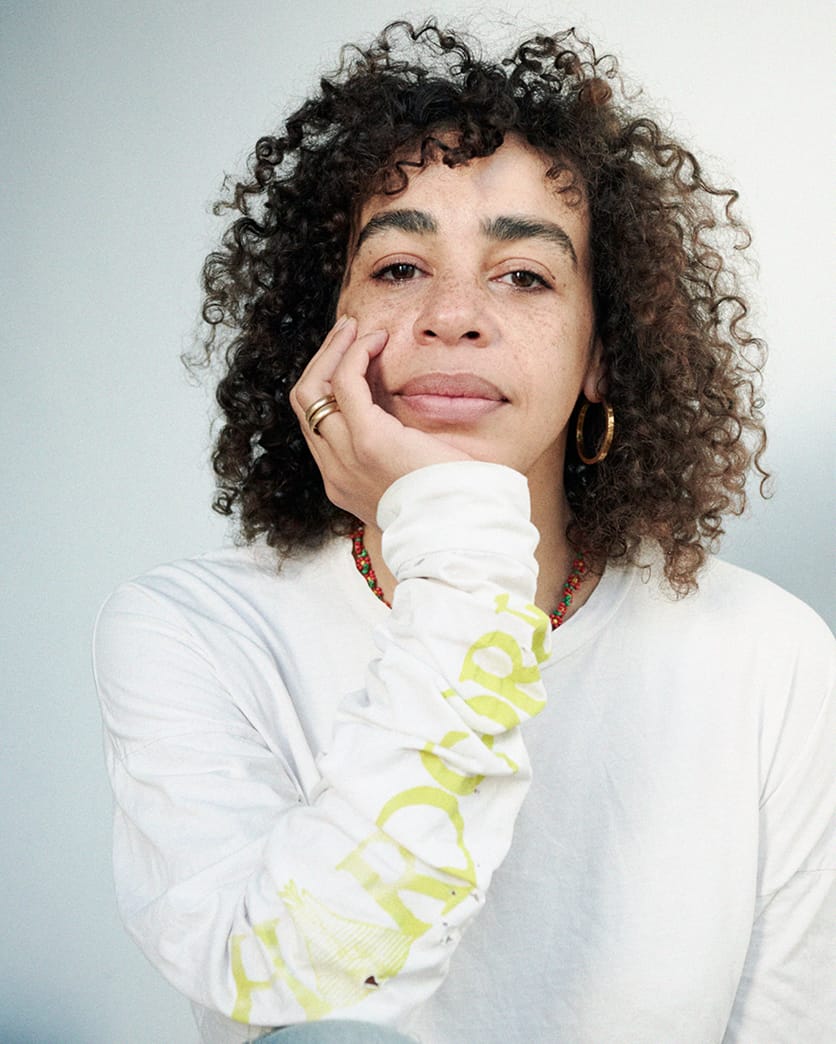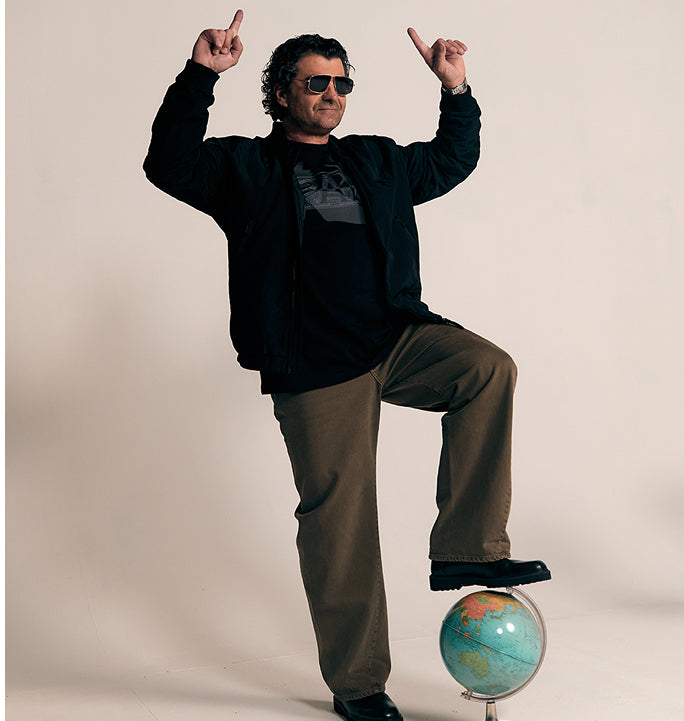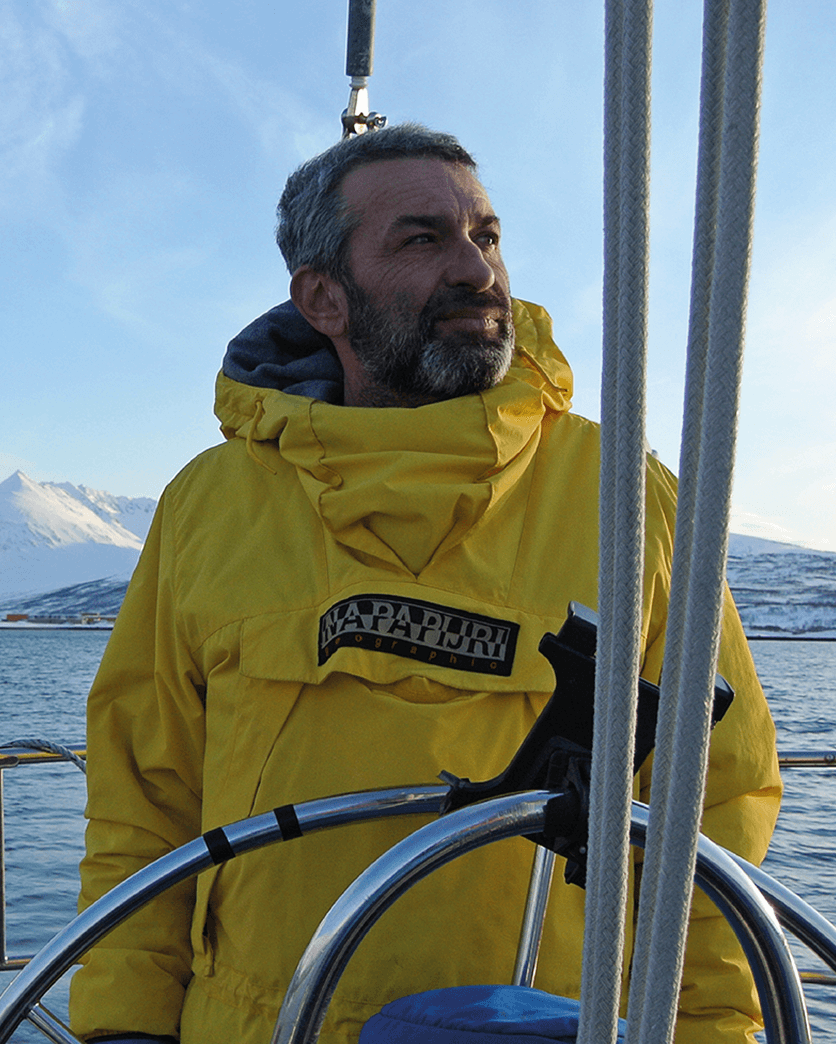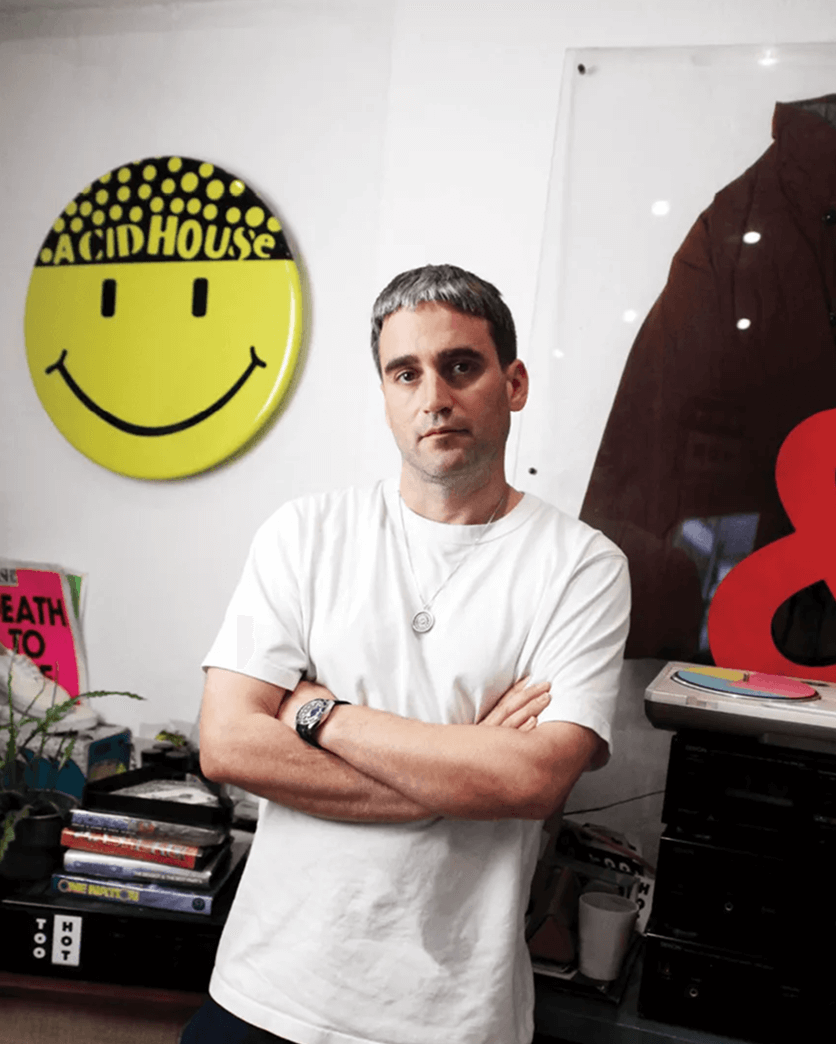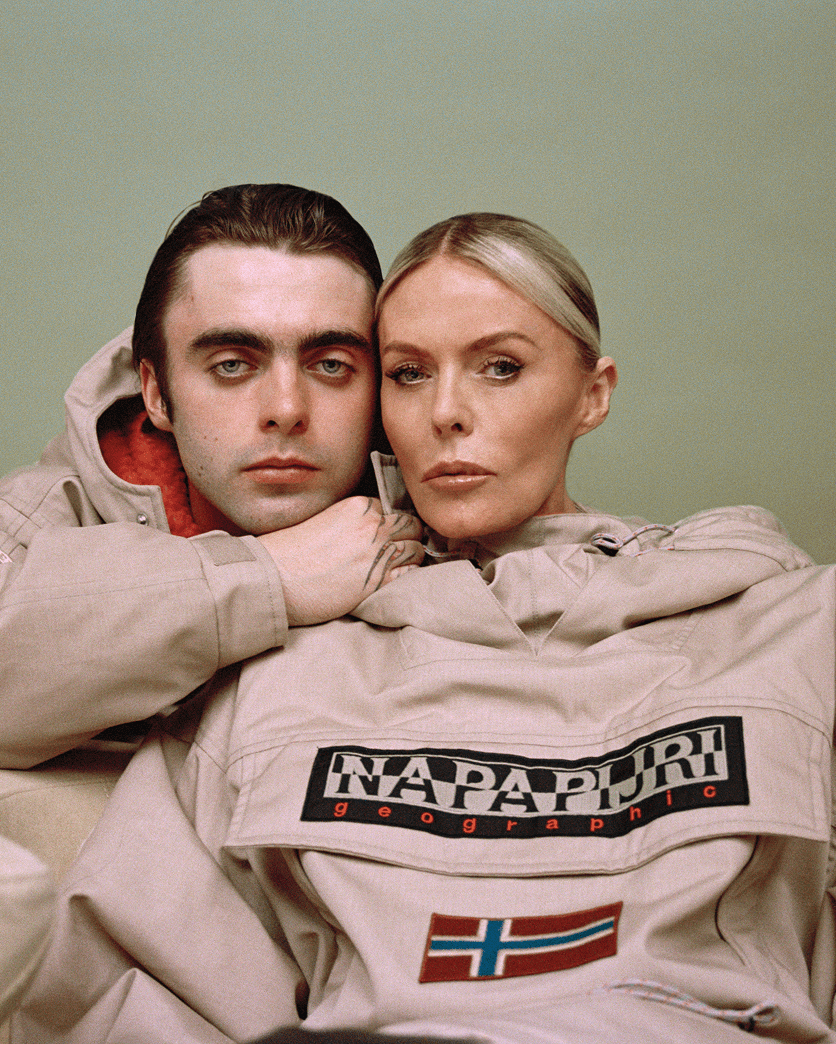Anorak
Shop nu

The Napapijri Bulletin is a monthly editorial project that tells the extraordinary stories of extraordinary people. Cultural adventurers, friends of the brand, modern explorers: each month, The Bulletin celebrates those who dare to abandon the known maps to chart unexpected territories.
Lily Kwong and the green future of cities
The Los Angeles-based artist develops her creativity at the intersection of horticulture, urban design and climate awareness. As she sees it, the world is a place where botany can teach us another way of living. We met her to find out whether a new dialogue between culture and nature is possible and whether the cities she imagines could become our hope.
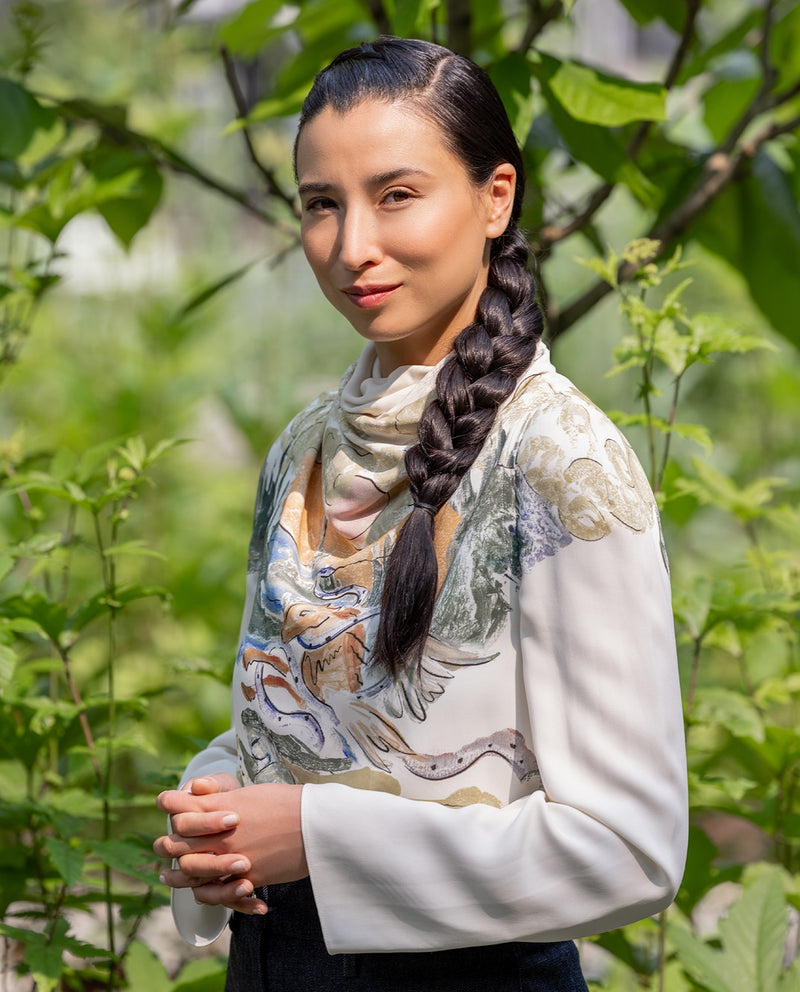
You are the landscape artist behind ‘Gardens of Renewal’ at Madison Square park, a project that unfolds across two lawns featuring a Meditation Garden and a Children’s Garden. What do you think is the right balance between nature and civilization?
The right balance between nature and civilization is one of reciprocity. Civilization must learn to listen—to design with, not over nature. We need to find more harmony between our needs and vision for society, and the ecosystemic needs of our planet. When our built environments support ecological systems rather than destroy them, we begin to heal both the planet and ourselves. Balance is co-existence rooted in respect and renewal.
If you had to imagine your ideal city, what would it be like?
In my mind, an ideal city is deeply integrated with the natural ecosystem and respects its environmental context. Native plants line every street, clean water flows through it, biodiversity is honored and we have designed for the more-than-human world. There are enclaves for wildlife, pollinators, and places for people to grow food, connect with the land, and gather in community. We have not paved over our richest natural resources, or forgotten that we are a part of nature and our survival depends on peaceful coexistence.

You are the landscape artist behind ‘Gardens of Renewal’ at Madison Square park, a project that unfolds across two lawns featuring a Meditation Garden and a Children’s Garden. What do you think is the right balance between nature and civilization?
The right balance between nature and civilization is one of reciprocity. Civilization must learn to listen—to design with, not over nature. We need to find more harmony between our needs and vision for society, and the ecosystemic needs of our planet. When our built environments support ecological systems rather than destroy them, we begin to heal both the planet and ourselves. Balance is co-existence rooted in respect and renewal.
If you had to imagine your ideal city, what would it be like?
In my mind, an ideal city is deeply integrated with the natural ecosystem and respects its environmental context. Native plants line every street, clean water flows through it, biodiversity is honored and we have designed for the more-than-human world. There are enclaves for wildlife, pollinators, and places for people to grow food, connect with the land, and gather in community. We have not paved over our richest natural resources, or forgotten that we are a part of nature and our survival depends on peaceful coexistence.
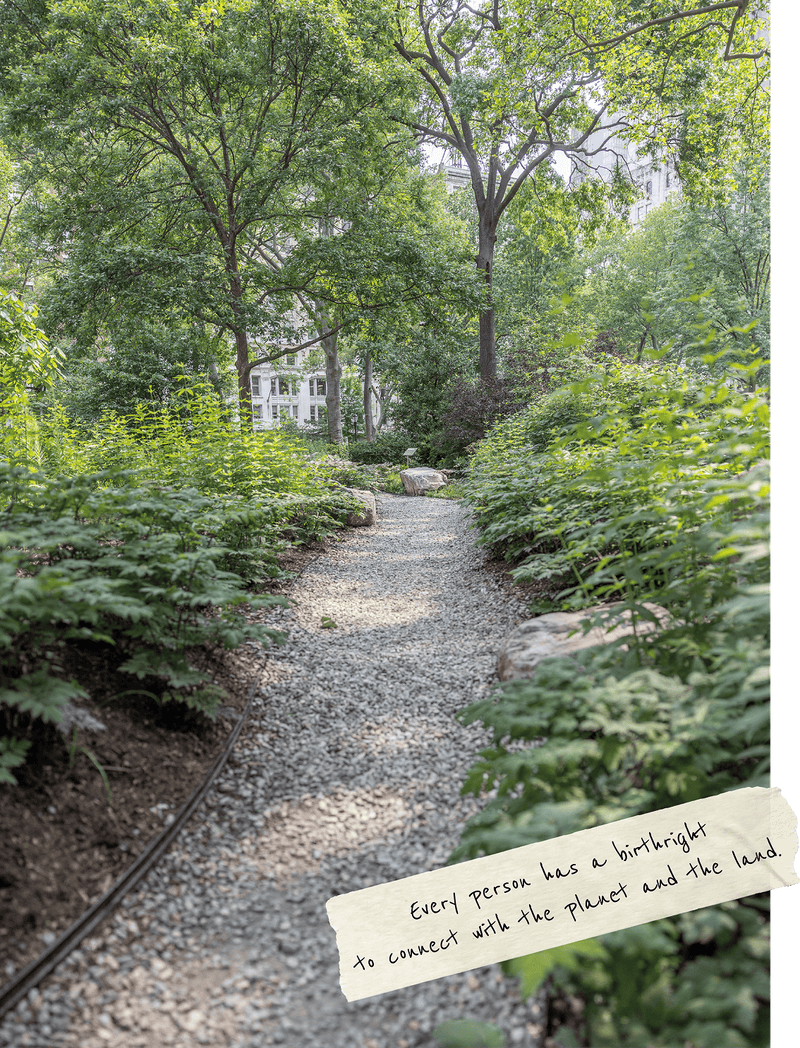

You are the landscape artist behind ‘Gardens of Renewal’ at Madison Square park, a project that unfolds across two lawns featuring a Meditation Garden and a Children’s Garden. What do you think is the right balance between nature and civilization?
The right balance between nature and civilization is one of reciprocity. Civilization must learn to listen—to design with, not over nature. We need to find more harmony between our needs and vision for society, and the ecosystemic needs of our planet. When our built environments support ecological systems rather than destroy them, we begin to heal both the planet and ourselves. Balance is co-existence rooted in respect and renewal.
If you had to imagine your ideal city, what would it be like?
In my mind, an ideal city is deeply integrated with the natural ecosystem and respects its environmental context. Native plants line every street, clean water flows through it, biodiversity is honored and we have designed for the more-than-human world. There are enclaves for wildlife, pollinators, and places for people to grow food, connect with the land, and gather in community. We have not paved over our richest natural resources, or forgotten that we are a part of nature and our survival depends on peaceful coexistence.
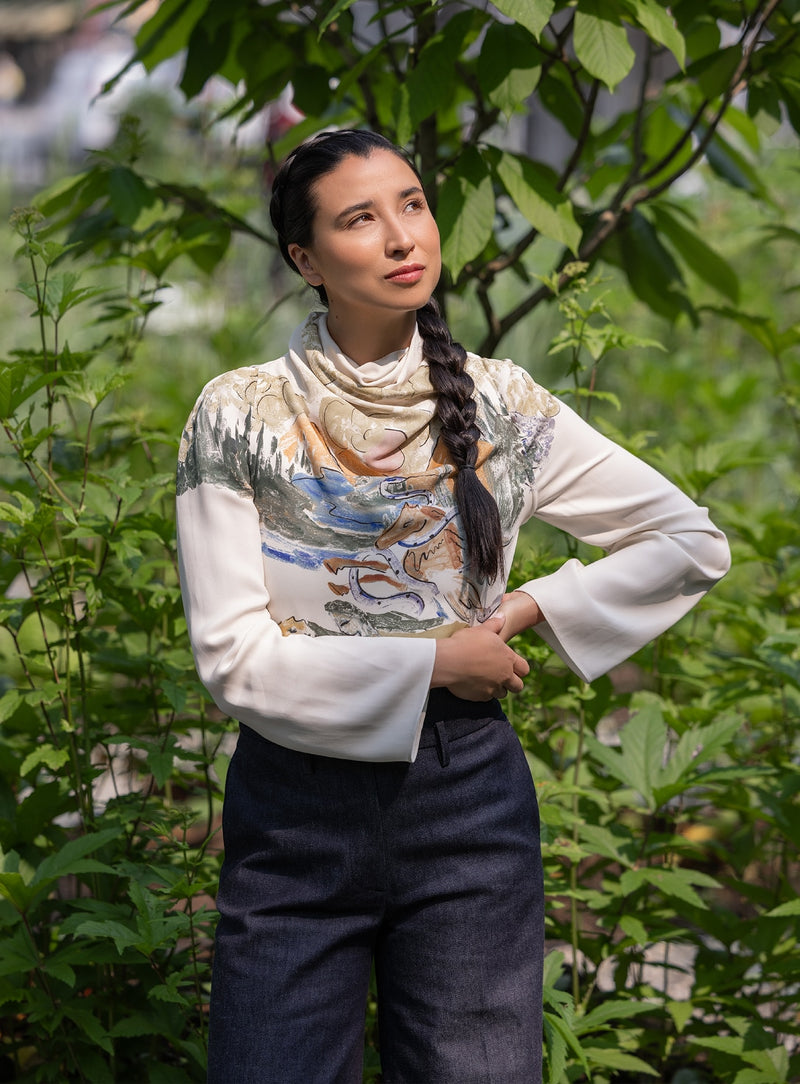
You are the landscape artist behind ‘Gardens of Renewal’ at Madison Square park, a project that unfolds across two lawns featuring a Meditation Garden and a Children’s Garden. What do you think is the right balance between nature and civilization?
The right balance between nature and civilization is one of reciprocity. Civilization must learn to listen—to design with, not over nature. We need to find more harmony between our needs and vision for society, and the ecosystemic needs of our planet. When our built environments support ecological systems rather than destroy them, we begin to heal both the planet and ourselves. Balance is co-existence rooted in respect and renewal.
If you had to imagine your ideal city, what would it be like?
In my mind, an ideal city is deeply integrated with the natural ecosystem and respects its environmental context. Native plants line every street, clean water flows through it, biodiversity is honored and we have designed for the more-than-human world. There are enclaves for wildlife, pollinators, and places for people to grow food, connect with the land, and gather in community. We have not paved over our richest natural resources, or forgotten that we are a part of nature and our survival depends on peaceful coexistence.

You are the landscape artist behind ‘Gardens of Renewal’ at Madison Square park, a project that unfolds across two lawns featuring a Meditation Garden and a Children’s Garden. What do you think is the right balance between nature and civilization?
The right balance between nature and civilization is one of reciprocity. Civilization must learn to listen—to design with, not over nature. We need to find more harmony between our needs and vision for society, and the ecosystemic needs of our planet. When our built environments support ecological systems rather than destroy them, we begin to heal both the planet and ourselves. Balance is co-existence rooted in respect and renewal.
If you had to imagine your ideal city, what would it be like?
In my mind, an ideal city is deeply integrated with the natural ecosystem and respects its environmental context. Native plants line every street, clean water flows through it, biodiversity is honored and we have designed for the more-than-human world. There are enclaves for wildlife, pollinators, and places for people to grow food, connect with the land, and gather in community. We have not paved over our richest natural resources, or forgotten that we are a part of nature and our survival depends on peaceful coexistence.
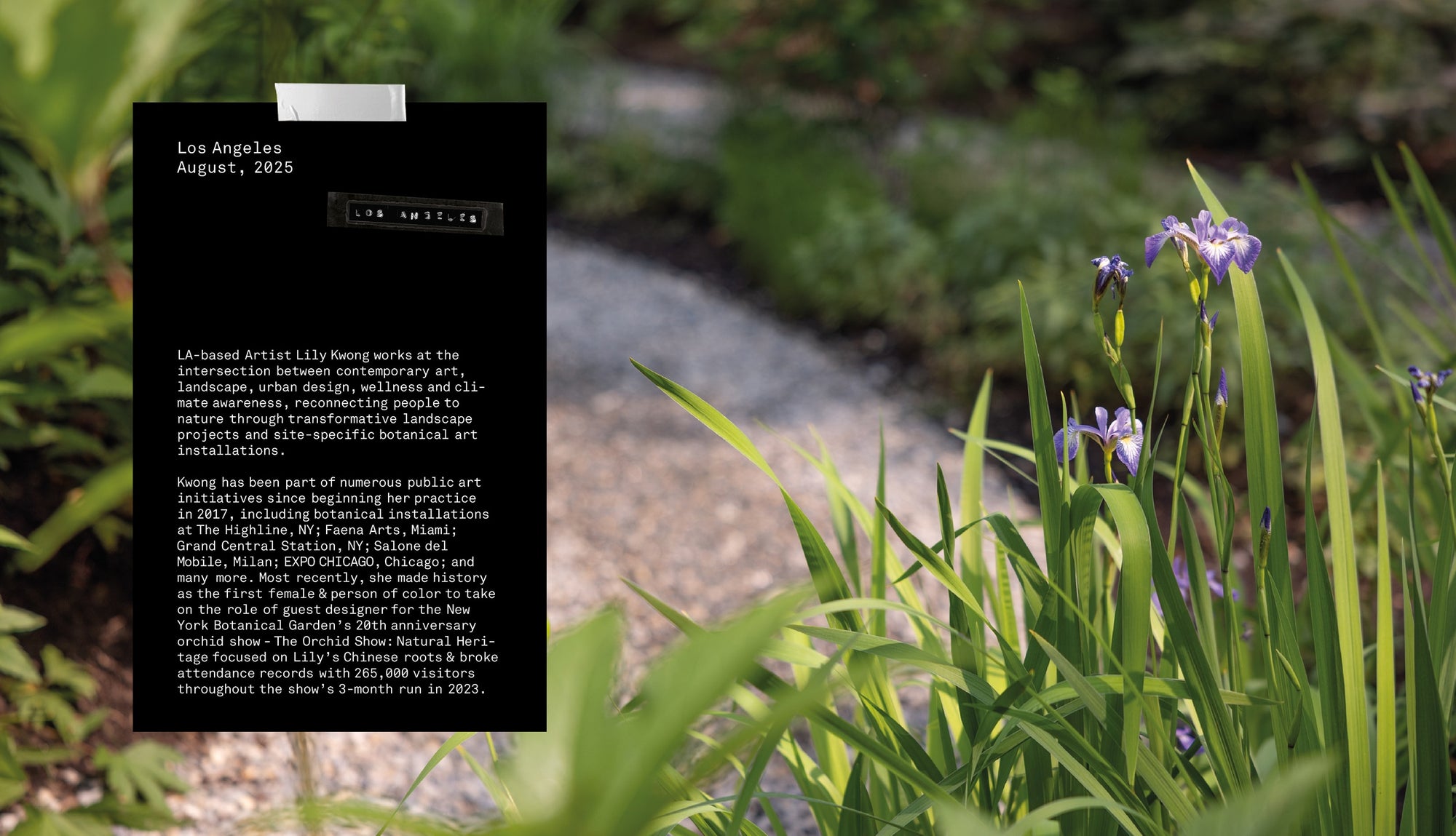
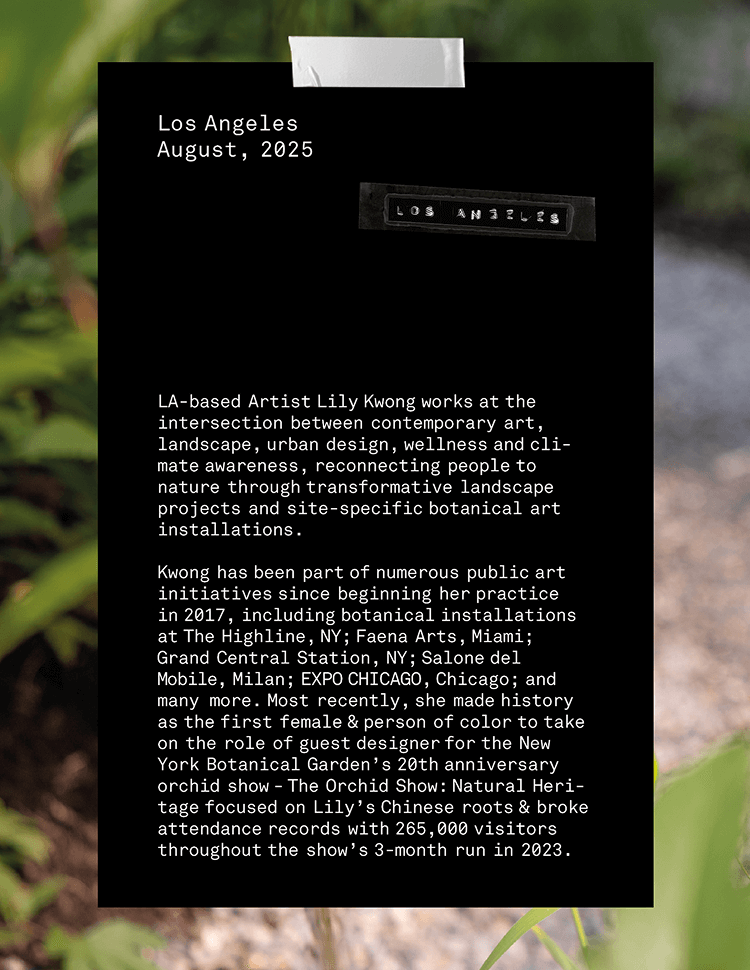
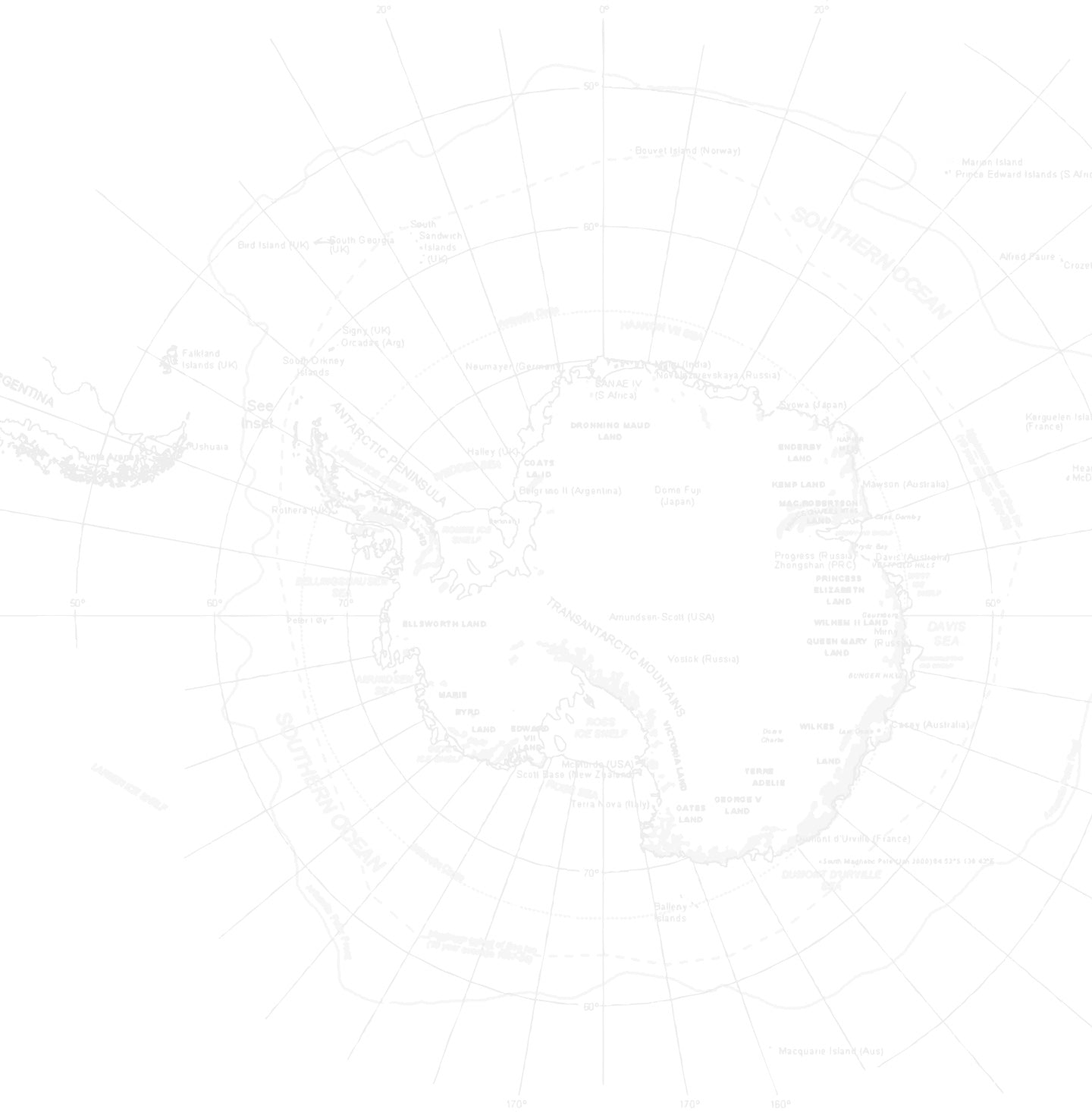
No products available.



















